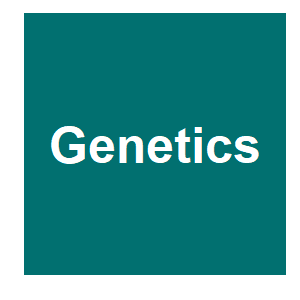X-linked meiotic drive can boost population size and persistence

|
C. Mackintosh, A. Pomiankowski and M. F. Scott,
Genetics,
217:11.
2020.

X-linked meiotic drivers cause X-bearing sperm to be produced in excess by male carriers, leading to female-biased sex ratios. Here, we find general conditions for the spread and fixation of X-linked alleles. Our conditions show that the spread of X-linked alleles depends on sex-specific selection and transmission rather than the time spent in each sex. Applying this logic to meiotic drive, we show that polymorphism is heavily dependent on sperm competition induced both by female and male mating behavior and the degree of compensation to gamete loss in the ejaculate size of drive males. We extend these evolutionary models to investigate the demographic consequences of biased sex ratios. Our results suggest driving X-alleles that invade and reach polymorphism (or fix and do not bias segregation excessively) will boost population size and persistence time by increasing population productivity, demonstrating the potential for selfish genetic elements to move sex ratios closer to the population-level optimum. However, when the spread of drive causes strong sex-ratio bias, it can lead to populations with so few males that females remain unmated, cannot produce offspring, and go extinct. This outcome is exacerbated when the male mating rate is low. We suggest that researchers should consider the potential for ecologically beneficial side effects of selfish genetic elements, especially in light of proposals to use meiotic drive for biological control. More related to this: B chromosomes and genome size in flowering plants Persistence of an extreme sex-ratio bias in a natural population Meiotic drive impacts expression and evolution of X-linked genes in stalk-eyed flies The distribution of B chromosomes across species
|



